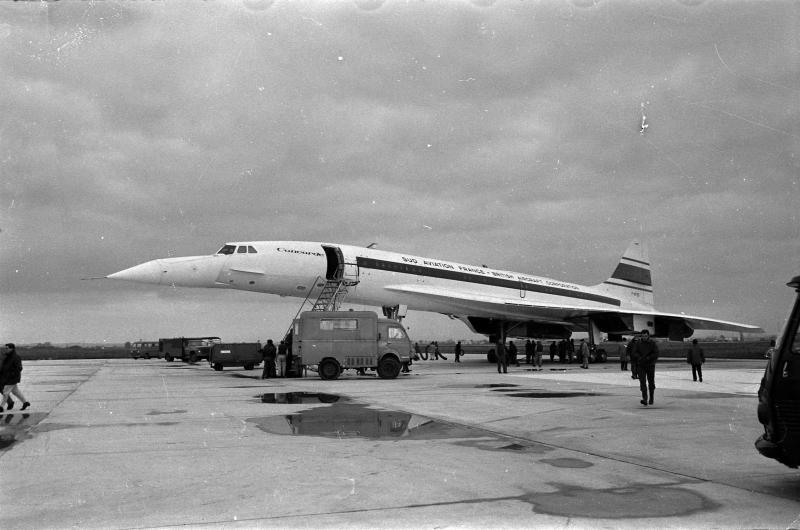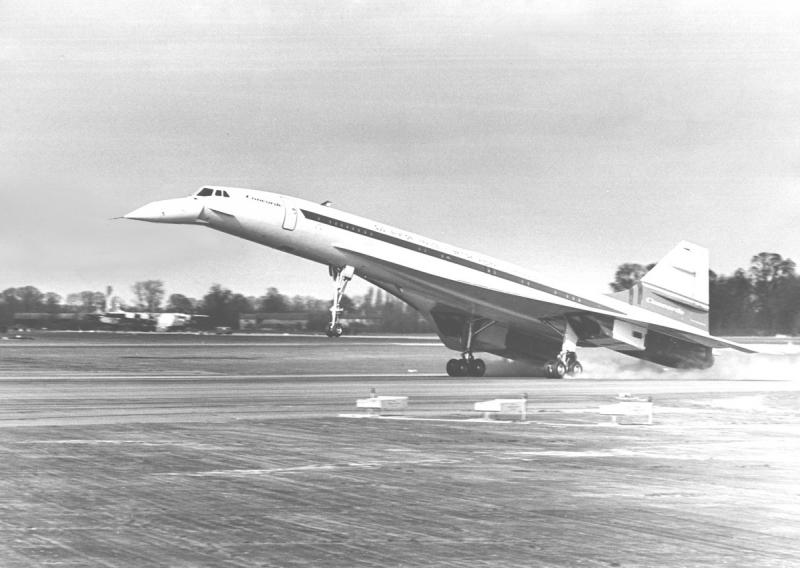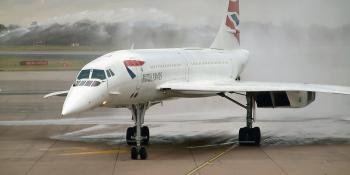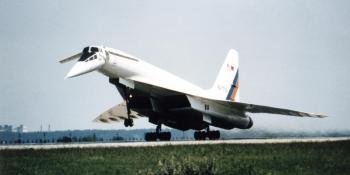On this day in 1969, the iconic Concorde broke through the sound barrier for the very first time. Key Aero details the events that led up to that nine-minute adventure
Exactly 213 days after its first flight, the French Concorde prototype 001, registered F-WTSS (c/n 001), departed Toulouse with one goal in mind: to break through the sound barrier.

Up until then, the aim of the previous 44 flights was to prove the design and to establish the performance characteristics of the aircraft and its systems at subsonic speeds. The test vehicles each carried about 12 tonnes of electronic instrumentation capable of recording measurements for 3,000 different parameters including pressures, temperatures, accelerations, and altitudes – all of which were stored on magnetic tape.
The information was then analysed and once the initial subsonic handling flights had taken place, a start was made on flutter testing. Flutter is an aerodynamic phenomenon that can be caused when vibrations of a certain frequency in one part of an aircraft structure set off sympathetic vibrations in another section of the airframe.

This process of flutter assessment is one of the most important aspects of a test programme because insufficient dampening of oscillations can lead to structural failure and inflight break-up. The potential for flutter at speeds faster than the sound is elevated so it was important to get this part right.
In the lead up to its first supersonic sortie, both French and British engineers had spent the summer of 1969 testing their respective prototypes. At the Paris Air Show that year, both F-WTSS and the UK’s G-BSST (c/n 002) made their first public appearance together.
Just over three and a half years after the final assembly of Concorde 001 began, powered by its four Rolls-Royce/Snecma Olympus 593s, the pilots engaged reheat and the jet broke through the sound barrier at 11.29am and entered supersonic flight for the first time.
The sleek, dart-shaped airliner then cruised along comfortably at 36,000ft approximately 75 miles from Toulouse at a speed of Mach 1.5 (1,125mph) for nine minutes before the power was pulled back and it dropped down to subsonic flight.
It would be more than a year before the type would reach twice the speed of sound. In November 1970, both aircraft topped Mach 2 (1,350mph) for the first time, within a few days of each other.
By this time, the prototypes had been fitted with Olympus 593B turbojets, which enabled them to maintain Mach 2 cruise speeds over longer distances – in doing so, test pilots entered an unexplored area of flight which began to expose design problems which arose from high temperatures caused by air friction.
A rigorous flight test programme followed which ironed out any problems and upon its entry into service six years later, on January 21, 1976, flight test teams had completed more than 5,000 hours of flying.
Concorde is a fascinating aircraft that had many quirks and features, here are 50 facts about the type: https://www.key.aero/article/fifty-facts-about-concorde







